Evolution, not revolution: that’s the name of the game for F1 in 2020 (the revolution’s coming in 2021). But despite large swathes of rule stability this season, there have still been some subtle tweaks to the regulations over the winter. Here’s what to look out for in 2020.
Chequered flag at the end of races
The 2019 regulations saw the chequered flag replaced by a chequered light panel as the official signal marking the end of the race.
The flag was still seen last year, Jean Alesi most famously flying it for Charles Leclerc’s victory at Monza. But a glitch at the Japanese Grand Prix saw the chequered panel illuminate a lap before the end of the race, causing the official results to be counted from there – hence the revision back to the good old-fashioned flag as the official race-ender for 2020.
DIARY DATES: The 2020 F1 calendar, pre-season testing details and F1 car launch schedule
Less testing
For 2020, pre-season testing has been reduced from eight days of running to six, with the two three-day tests due to take place at Spain's Circuit de Barcelona-Catalunya on February 19-21 and February 26-28.
Mid-season testing is out completely, meanwhile, although that should be less of a problem for the teams this year, given that their cars – likely to be evolutions of their 2019 machines – will be pretty well sorted by mid-season.
There’s good news for young drivers, though, with the sporting regulations stipulating that teams have to use one of them (that’s a driver with two or less Grand Prix starts) in at least one day of the post-season Abu Dhabi tests.

Longer curfew
There’s good news for mechanics in the 2020 regulations, who’ll be able to enjoy a (theoretical) extra hour in bed on the Thursday and Friday of race weekends, thanks to the mandatory curfew – during which time teams’ mechanics are forbidden from working on their cars, or even being within the confines of the circuit – being extended from eight hours to nine. Teams are allowed to break the curfew twice in one season without receiving a penalty.
‘Shark fins’
With a look ahead to a design feature that could be on the 2021 cars, for 2020, teams will all have to create a small plate on the engine cover of their cars – similar to McLaren’s early-2019 wedge on the MCL34 – with this ‘shark fin’ set to house the drivers’ numbers, making it easier for fans to distinguish between each team's two machines. There will be very little aerodynamic impact on the cars, mind (except a very mild one during cornering), so don’t expect this rule change to decide any championships!
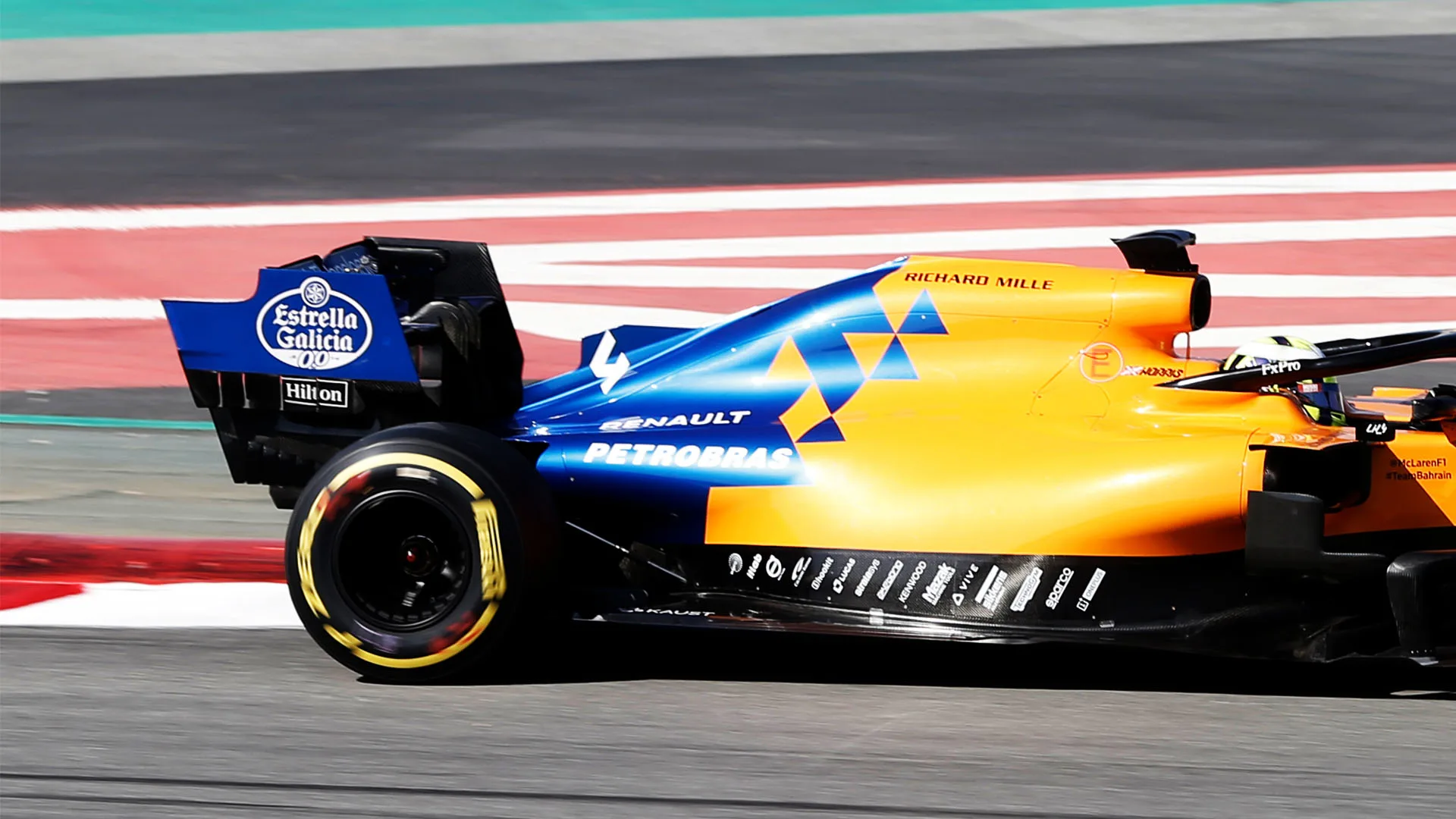
A relaxing of weighbridge and jump start penalties
When Pierre Gasly missed the display signals calling him to the weighbridge during Free Practice 2 at the 2019 Azerbaijan Grand Prix, by the letter of the law the stewards had to punish the Frenchman with a pit-lane start.
Those rules have been softened for 2020, allowing the stewards more discretion and giving them jurisdiction to hand out less strident penalties if they see fit.
READ MORE: 10 things every F1 fan should be excited for in 2020
Jump starts, too, used to incur either a drive-through or a 10-second stop-go penalty. However, the 2020 regulations give stewards the option to dish out less harsh five- and 10-second race time penalties.
No screens for testing
Traditionally used by teams at testing to keep their shiny new bits under wraps, for 2020 screens at the pre-season tests will be outlawed when the track is live (from 0900 to 1800) to improve the spectacle for fans. Teams will, however, be able to cover up when their car’s floor is not fitted, or if their car is being recovered after stopping out on track.
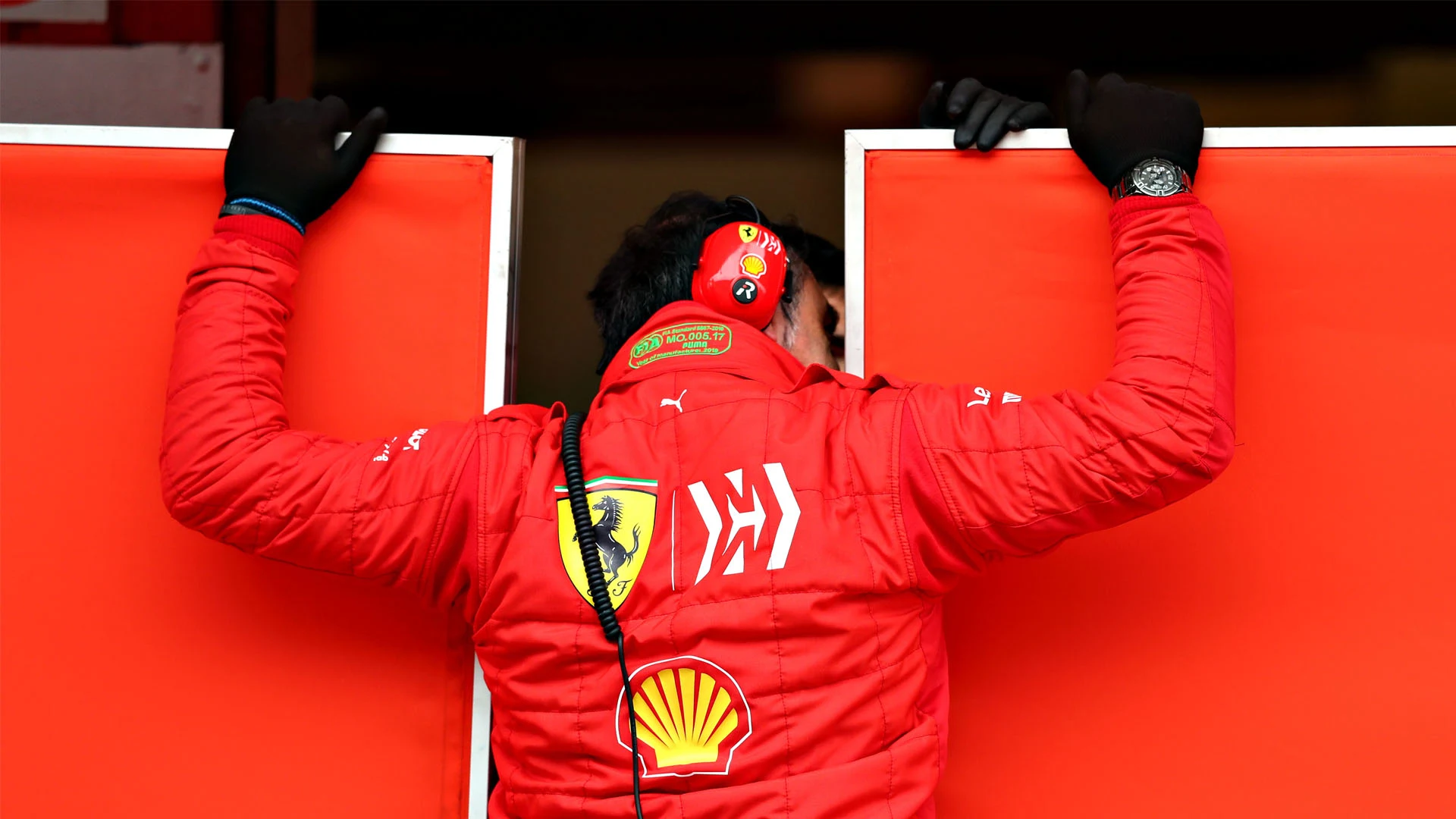
Restriction on metal in the front wing
No one likes to see a small tag from one car's front wing to another's rear wheel result in a puncture (not least the puncturee...), so to try and limit the risk the rules now dictate that the first 50mm of front wing endplates have to be made purely of carbon fibre. Any metal elements - like fasteners or inserts used to attach the front wing - are only allowed 30mm back from the leading edge of the endplate.
Let’s hope that helps reduce the Ben Hur moments…
Brake ducts are now ‘Listed Parts’
The air ducts used to cool the brakes are now categorised as ‘Listed Parts’, meaning they’ll need to be designed by the teams themselves, rather than bought in from another company or team. Other Listed Parts include: the car’s bodywork, roll structures, front impact structures and the survival cell.
Less electronic meddling in the starts
2020 will see the drivers given even more control over their starts, with 90% of the engine’s torque being controlled directly by the driver’s command on their clutch paddle or paddles (which the rules also now stipulate need to be “pull-type” paddles).
Drivers will still have stall prevention and bite point finder functions available to them – but the onus is now even more on them to make sure they get a good getaway.
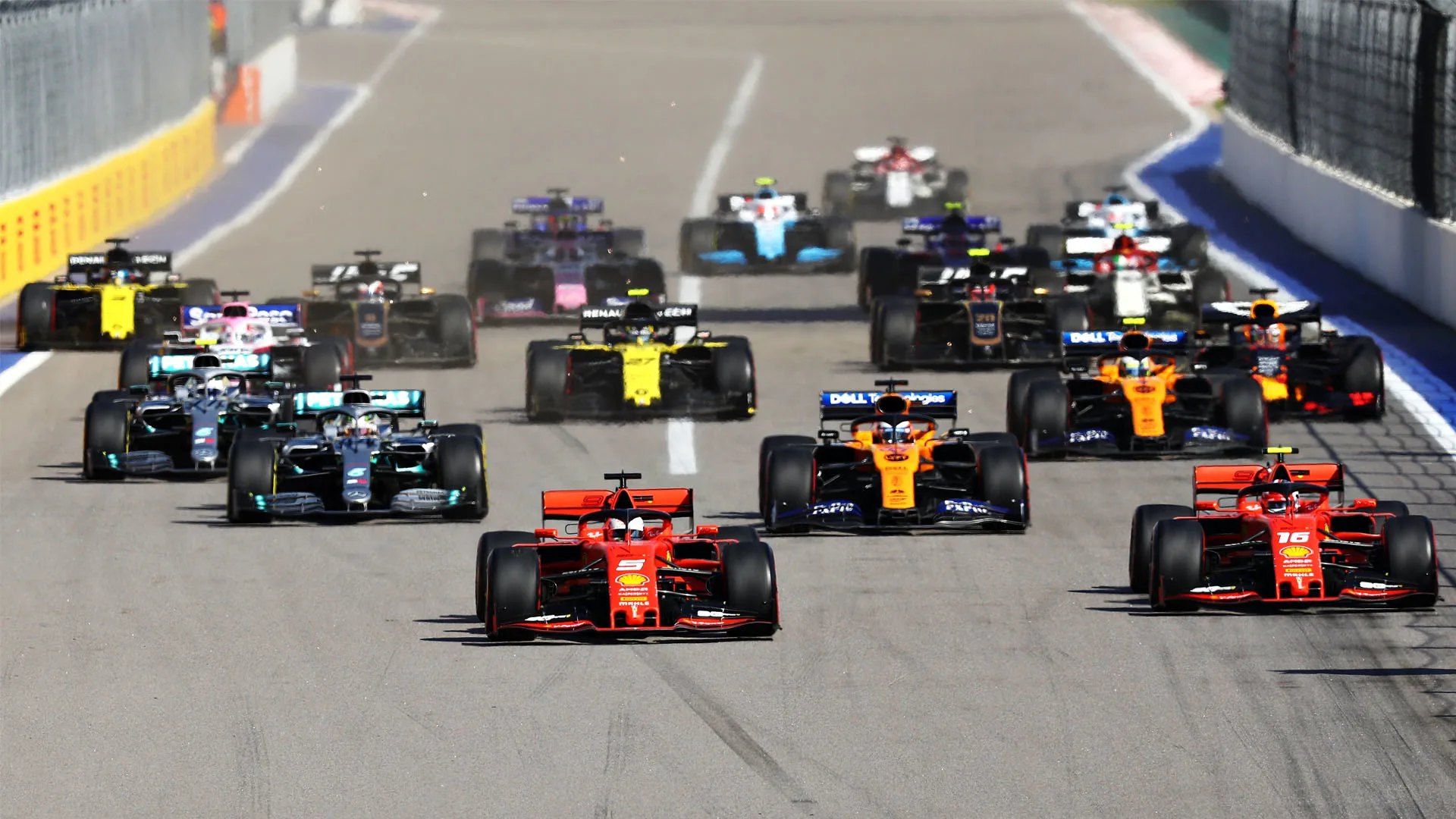
An extra MGU-K to play with
Drivers can now use three Motor Generator Unit – Kinetic (or MGU-Ks, to give the part its hipper name) over the course of the season rather than two, bringing the allocation into line with the number of Internal Combustion Engine (ICE), Turbo Charger (TC) and Motor Generator Unit – Heat (MGU-H) elements they’re allowed per year. That should mean less penalties in 2020, given that nine out of the 20 drivers exceeded their MGU-K limit in 2019.
Drivers are still only allowed two Energy Stores and two Control Electronics per year, however…
Find out more about what an MGU-K does here
Less fuel outside the tank
The 2020 Technical Regulations limit the amount of fuel allowed to course around the car outside of the fuel survival cell to just 250ml – down from two litres in 2019 – all of which should be used for “the normal running of the engine”, according to the regs. That’s to deter teams from seeking any potential benefit to be had from keeping large amounts of fuel outside of the tank.
Next Up
Related Articles
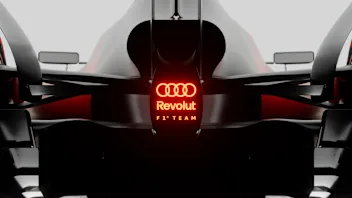 Audi complete first fire-up of 2026 F1 car
Audi complete first fire-up of 2026 F1 car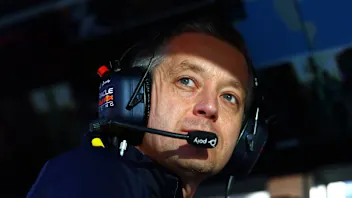 Former Red Bull strategy chief Courtenay starts at McLaren
Former Red Bull strategy chief Courtenay starts at McLaren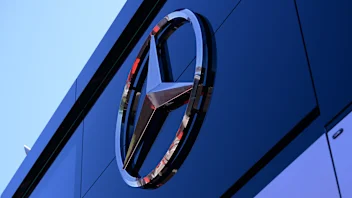 Mercedes confirm date for first look at 2026 F1 car
Mercedes confirm date for first look at 2026 F1 car F1 Arcade announces opening date for new Atlanta venue
F1 Arcade announces opening date for new Atlanta venue.webp) 7 things to be excited for in the 2026 F1 season
7 things to be excited for in the 2026 F1 season.webp) How F1 drivers recharge during the winter break
How F1 drivers recharge during the winter break
